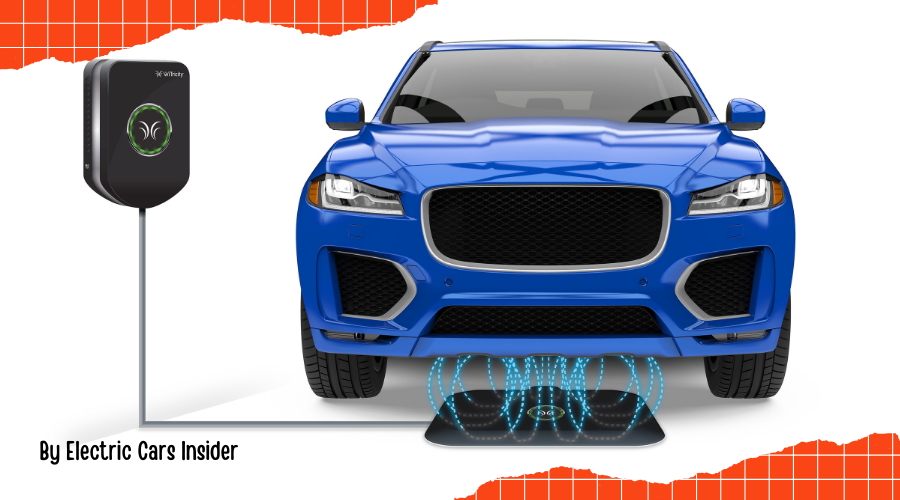Wireless charging technology is swiftly redefining the electric vehicle (EV) landscape. This innovative solution enhances user convenience by simplifying the charging process. This article explores wireless charging’s mechanics, its benefits, existing challenges, and the vast potential it holds for the future of electric mobility.
Exploring the Mechanics of Wireless EV Charging
Wireless charging, or inductive charging, uses magnetic fields to transfer energy between two objects. This process involves an induction coil to create an alternating electromagnetic field from within a charging base station. A second induction coil in the electric vehicle takes power from the electromagnetic field and converts it back into electric current to charge the battery. This setup allows for a cable-free connection, streamlining the charging process.
Detailed Components of Wireless Charging Systems
The typical setup for a wireless EV charging system includes a transmitter on the ground and a receiver installed on the vehicle’s underside. This integration allows for efficient energy transfer when the vehicle parks over the transmitter.
Key Benefits of Wireless Charging for EVs
Wireless charging technology introduces several significant advantages that contribute to its appeal among electric vehicle users and manufacturers alike.
Unmatched Convenience and Improved Safety
Drivers appreciate the convenience of wireless charging, which eliminates the need to manually plug in cables. This method proves especially advantageous in bad weather, enhancing user comfort and safety. The technology also mitigates risks associated with electrical connections, including short circuits caused by exposure to water.
Streamlined Design and Reduced Vandalism Risk
Wireless systems can blend seamlessly into the environment, offering a cleaner and more integrated look. These systems are less susceptible to vandalism and wear and tear because their critical components are not exposed to the public.
Addressing Challenges in Wireless EV Charging
While wireless charging technology presents compelling benefits, it also faces several technical and economic challenges that could slow its adoption.
Optimizing Efficiency and Managing Costs
Current wireless systems exhibit lower efficiency levels compared to traditional wired methods. They often convert electric power at a slightly reduced rate. The infrastructure also requires high initial investments, which can be a barrier to widespread installation, particularly in public and residential areas.
Ensuring Broad Compatibility and Standardization
Developing universal standards for wireless charging technology is crucial to ensure compatibility across different vehicle makes and models. Manufacturers and industry groups must work together to establish these standards, which will help streamline technology adoption and enhance user experience.
The Future of Wireless Charging in Smart Cities
Wireless charging has the potential to integrate deeply with the smart infrastructure of modern cities. This integration could provide constant charging opportunities, significantly extending the practical range of electric vehicles and reducing range anxiety.
Innovative Urban Implementation
Imagine urban environments equipped with wireless charging stations at traffic lights, parking spots, and even roads. Such advancements could allow vehicles to charge while waiting at traffic signals or while parked without requiring any driver interaction.
Enhancing Long-Distance Travel
The development of roads capable of charging vehicles as they drive is another exciting prospect. This technology could revolutionize long-distance travel in electric vehicles, making it more feasible and convenient.
Conclusion
Wireless charging technology is poised to play a pivotal role in the evolution of electric vehicles. By addressing the current challenges and continuing to innovate, this technology can significantly influence how we power our vehicles, making electric transportation more accessible and convenient for everyone.

